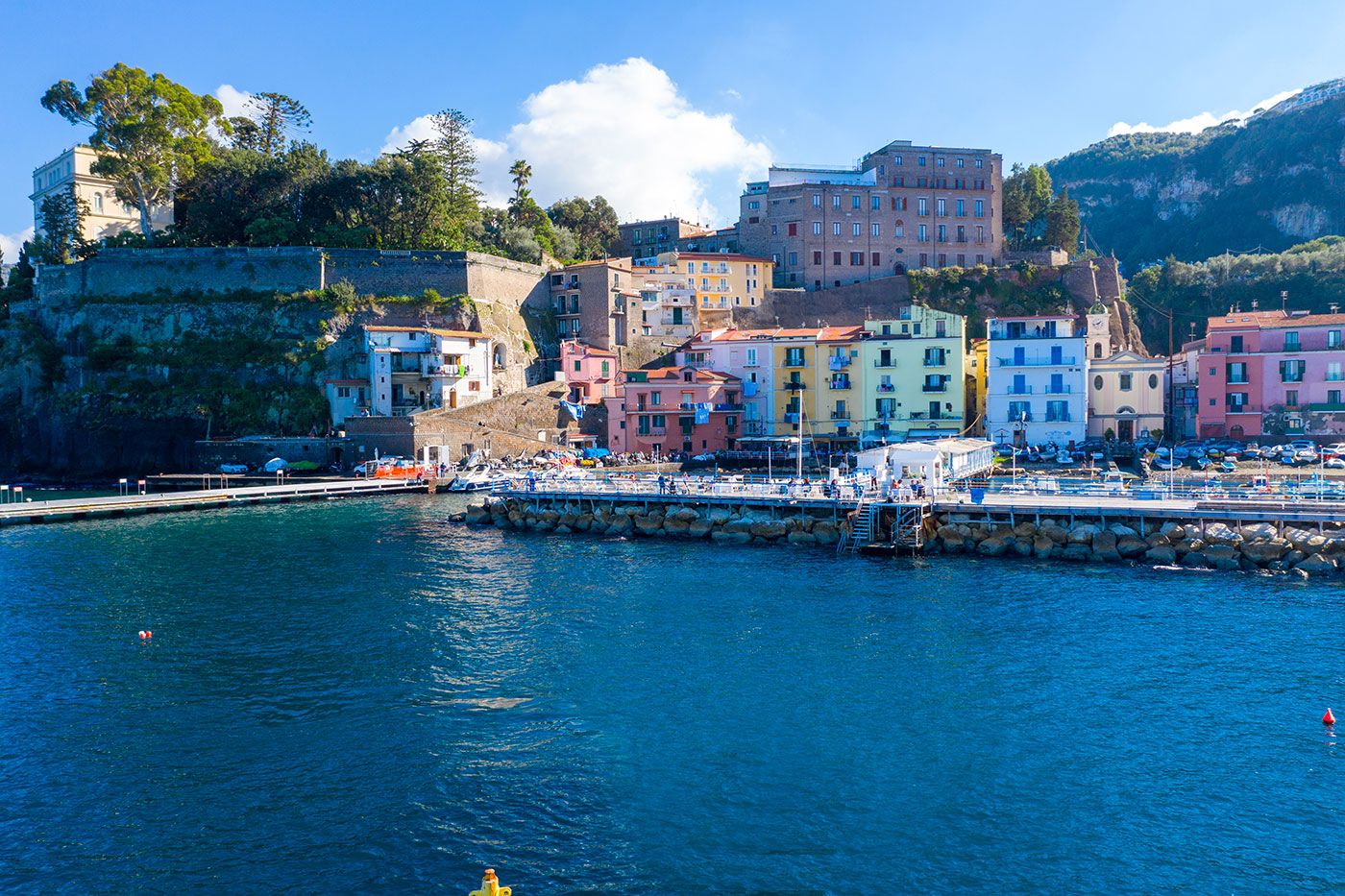
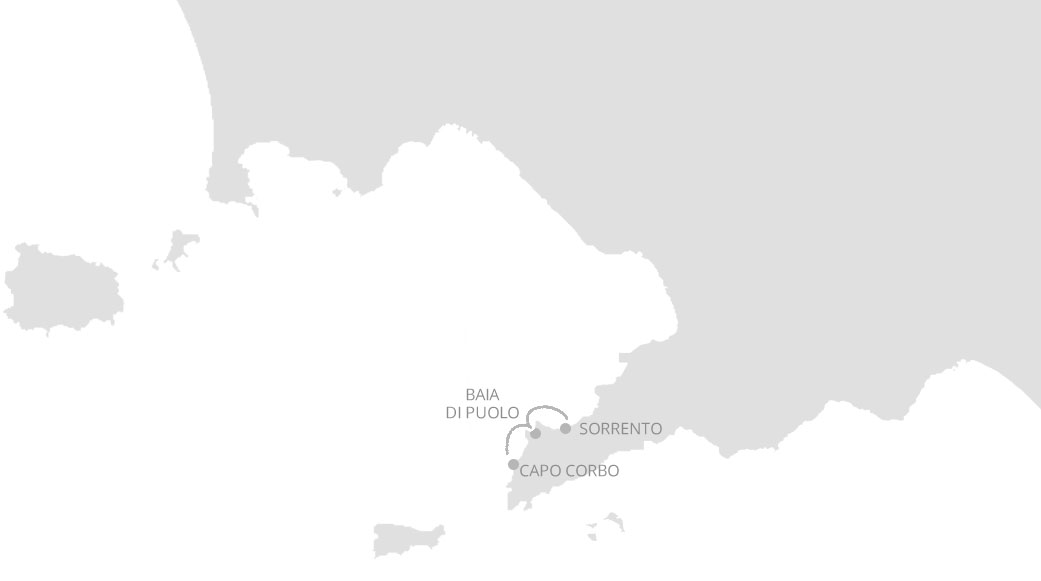
We respect all the anti-contagion rules to guarantee your safety.
Services exclusively organized only by Giuliani Charter.
Tailor-made services for all your needs starting from € 25 up to € 3000.
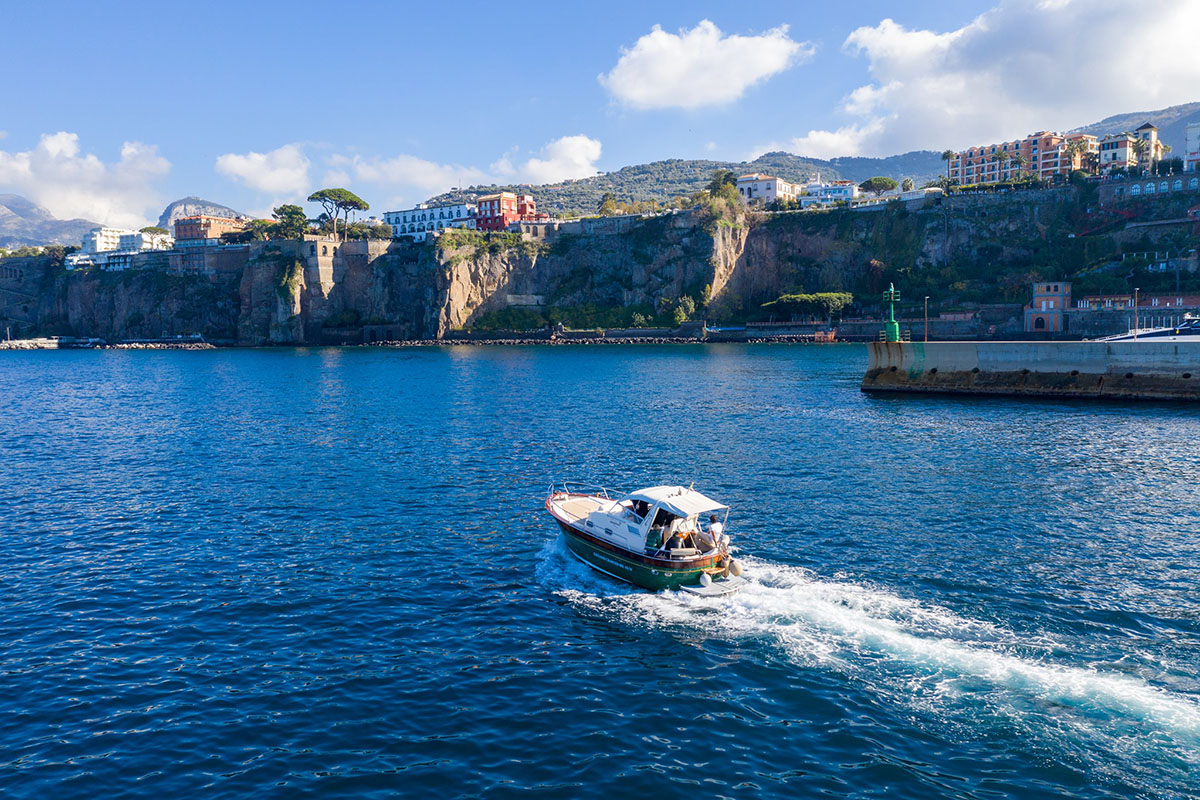
Sorrento
Boarding from the port of Sorrento (Marina Piccola) with Welcome on board by an English speaker skipper.
The tour opens with a visit to the Bagni della Regina Giovanna, one of the most enchanting places in this beautiful and renowned coastal town. The landscape is made up of a huge cliff that encloses an enchanting natural pool, which is accessed from the sea through a rock arch.
We then arrive at the Puolo Bay with its crystalline water. The beach, with a view of Vesuvius, has a surface made up mainly of pebbles and black sand and its small village is mostly made up of fishermen’s houses.
Massa Lubrense
Stretching towards the island of Capri almost as if to touch it, surrounded by about 20 km of coastline bathed by the two gulfs of Naples and Salerno, it is possible to admire Massa Lubrense with its unique and enchanting panorama. We pass through Capo Corbo and its small and suggestive natural waterfall.
There will then be a stop for a pleasant dip in the crystal clear waters of the Sirens’ Fjord. Lulled by the rocking of the sea you will be led to the discovery of a real paradise from which you can see the citrus of this beautiful land and, if the wind is favorable, even perceive their smell.
Arrival in Sorrento and disembarkation.

In detail
Tour along the coast of the Sorrento coast, between tufaceous terraces overlooking the sea and inlets carved out by time between history, myth, culture, archeology and traditions; here the millennial presence of man has left traces of great anthropological, historical and archaeological value.
It starts from the Marina Grande of Sorrento, an ancient fishing village. It is separated from the rest of the city by a promontory on which the villa of Augustus’ nephew once stood. It is accessed through an ancient door (from the third century BC) made of large blocks of limestone. Legend has it that the Turkish pirates sacked Sorrento by penetrating right through this door left open at night by a traitorous servant.
After a few minutes it is possible to admire the “Bagni della Regina Giovanna”. The name, according to legend, is due to Queen Giovanna D’Angiò, sovereign of Naples. It seems that between 1371 and 1435, the Queen often went on holiday to this place. The Sovereign, known for her scandalous attitudes, it is said that she loved to spend a long time in these waters in the company of her young lovers (the fascinating basin was also, in 1955, the protagonist of the clandestine meeting between Sophia Loren and Vittorio De Sica in the film “Pane Amore e ..”.) The Bagni della Regina Giovanna are a treasure trove of history and host the remains of an ancient Roman villa, whose name was “Villa Pollio Felice”, which stood right on the promontory of the cape of Sorrento. Dating back to the 1st century BC, the villa had an area of about thirty thousand square meters and was divided into two parts: the maritime domus and the villa immersed in the fields. The residential part today is still partly buried under a vast vineyard and from the various rooms only fragile shreds of masonry can be seen. From this vast terrace that dominated the scenery of the Gulf of Naples, through a long corridor (ambulatio), it was possible to access the rooms below. The marina area, which today retains few traces of the ancient structures, was built in such a way as to be able to reach the mainland easily and it seems that on the same rock there was a structure equipped with relaxing and living rooms. A sort of intimate and secluded alcove, but still connected to the villa. During the sixth century AD, a structure for coastal surveillance was built in this area. Few traces of this remain today.
And here we are off the Marina di Puolo, it takes its name from the Roman Pollio Felice, illustrious exponent of a noble family from Pozzuoli and owner of a villa whose ruins are still visible nearby, in the locality of Calcarella. The small village consists mostly of fishermen’s houses. The beach, with a view of Vesuvius, has a surface made mainly of pebbles and black sand.
Then Capo Massa, part of Massa Lubrense city, on whose promontory stands Villa Angelina, home of the great shipowner Achille Lauro; right here, from the great lookout overlooking the sea, the “Commendatore” used to follow the navigation of his ships which, departing from the port of Naples, used to deviate the route to address the famous “bow” of greeting (3 long whistles) to the families of the crews on board.
Among the dense vegetation stands out “Torre del Capo Massa”, a few tens of meters above the water level, a ruin of a quadrangular tower, the first of a long series of watchtowers built by the University of Massa Lubrense, mostly in the 16th century. It, like all subsequent towers, were built following the raids of ferocious Saracen pirates between the ninth and sixteenth centuries, with periods of relative calm alternating with periods of resurgence of the phenomenon. Most of them were built in the 1500s, but the oldest date back to the 1200s and some are even earlier. Being one of the richest and most densely populated areas in the whole of the south at the time, over 50 of the nearly 400 towers existing throughout the Kingdom of Naples were built along the coast of the peninsula, from Gaeta to Abruzzo region. These constructions were divided into two broad categories: defense towers and guard towers. As it is easy to guess, the first ones was placed near the inhabited centers, they had a garrison and often batteries of guns.
The others, on the other hand, were smaller, had few guardsmen, and often arose in difficult reachable places, but with an excellent position to monitor large stretches of sea. It was only in the first half of the 16th century that an attempt was made to give a global order to coastal defensive structures. In 1537 the Viceroy Pedro de Toledo ordered that coastal towers be built to defend against the Turks.
Most of the towers, however, were only built following the edict of 1563 issued by Don Parfan de Ribera Duca d’Alcalà who ordered their construction. On the recommendation of the Royal Engineers, towers should have been built in sight of each other so as to constitute an uninterrupted series of fortifications as a whole “affinché vedendo fuste facessero fuoco di continuo et che tutte dette torri dovessero corrispondere l’una con l’altra nel tirar li mascoli et nel far fuoco“ (“so that when they saw dangers they would fire continuously and that all said towers should correspond to each other in pulling the signs and in firing“). Furthermore, where it was possible, night patrols were provided, carried out on horseback from tower to tower by the so-called horsemen.
Enclosed in a natural inlet on the coast, the ancient fishing village of Marina della Lobra is dominated by the Lobra Sanctuary, to which it owes its name. The inhabited area, an agglomeration of multicolored houses, still populated today mainly by fishermen, develops all around the steps leading from the church down to the sea, and offers the visitor an undoubtedly picturesque spectacle, in its entirety of sounds, colors and smells with a typically Mediterranean charm. The small port of Lobra is protected to the west by a cliff that rests on the rocky wall of Capo Corbo dominated by Torre Toledo which is part of the system of Saracen watchtowers arranged along the coast in the Aragonese period. This tower was actually pre-existing, it dates back to the Angevin period to be exact and was later adapted by the Aragonese for defense purposes. Right in front of this small natural harbor rises the Vervece rock. Its name derives from the Latin vervex, “goat”, a real marine sanctuary. At the foot of the rock there is a Madonnina (this statue was placed on a wall of the rock, 12 meters deep, in 1975 at the behest of Enzo Maiorca, who the previous year had obtained the world record for depth in apnea right in the body of water around the Vervece), every year, in fact, on the first or second Sunday of September, in the presence of the highest city authorities, after a liturgical celebration, a diver dives and places a wreath of flowers at the foot of the statue. All the boats around whistle in homage and throw cut flowers into the sea in memory of those who lost their lives at sea.
Legend has it that the women of the Marina della Lobra, to protect their homes from storms and tempests, decided to pull the Vervece ashore. They prepared enormous ropes and placed women, old women and children on the beach to pull them. The attempts of the men to make them give up were useless, the women “tenevn a capa tosta” ( Neapolitan language literary for “they had strong head” or “it was impossible to let them change their mind”). They began to pull and pull but the giant did not move a step and they pulled … and pulled again, until the ropes broke and the women ended up upside down, beating their backs to the ground. Since that day, all women at Lobra are said to have flat bottoms.
Before reaching Punta Lagno proper, the coast forms an inlet, ” ‘a Cala’ e l’Acqua or ‘a Piscina “, and has a wall that is not too high, but sheer. On the sheer wall on the right you can see instead a small leap of water, once drinkable, which gives its name to the bay, gushing out from a retained stone. The rock is covered with moss and the icy water of the Cascatella also exudes from the wall. It seems that this water was conveyed there many centuries ago by means of an aqueduct with the aim of supplying the boats that went to Punta della Campanella and Capri.
Our navigation continues to Punta Campanella, a territory of history and legends: according to the Odyssey, here Ulysses met the enchanting Sirens, the Greeks erected a temple to the goddess Athena, then converted by the Romans to the cult of the goddess Minerva. In 1300, a tower was built here which was intended to sight and raise the alarm in case of Saracen raids arriving from the sea.
A bell was placed on the top of the tower which rang in case of alarm by propagating the signal to the other towers positioned along the coast. On the plateau of Punta Campanella you can see a cleft in the rock from where an impervious staircase leads up to a cliff connected to caves and ravines above sea level.
Here docked the ships loaded with libations to offer to the goddess Minerva. Looking up along the rocky ridge, with a little attention you can see an inscription Osca engraved on the stone that indicated the landing point for the Sanctuary of the Goddess Minerva. Since 1997, thanks to the richness of its seabed, it has become a protected marine area.


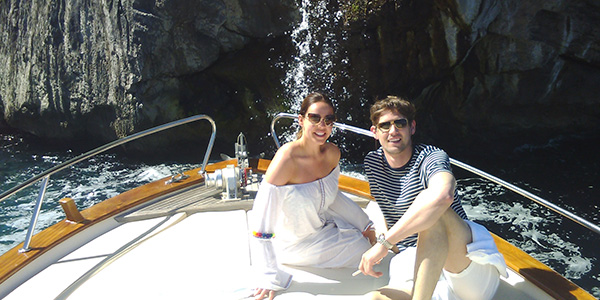




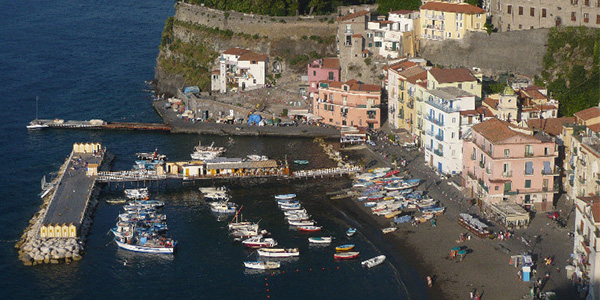
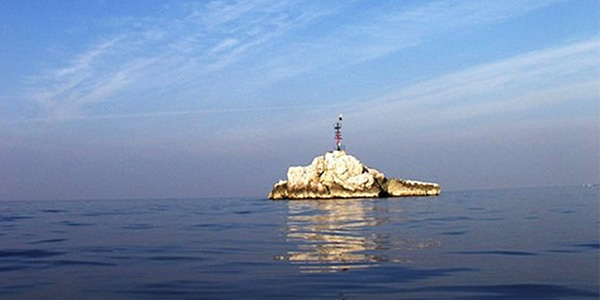
WHAT IS INCLUDED
Fill out the form to request more information










